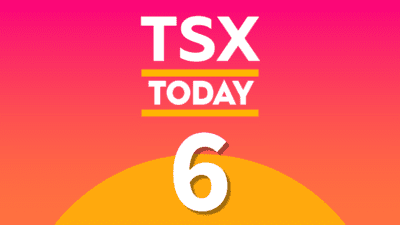There’s been much debate about what types of investments are best held in a Tax-Free Savings Account, or TFSA. Since their inception in January 2009, Canadians have been able to sock away $5,000 a year (initially; it’s since been raised to $5,500 after inflation adjustments) in pretty much the same kind of investments as can be held in the much more established RRSPs.
I actually prefer the original name for TFSAs when they were still in the lobbying stages: the tax-prepaid savings plan. That’s because, unlike RRSPs, TFSA contributions are made with capital that has already been earned after income tax has been deducted from your paycheque.
As a result, and unlike RRSPs (ultimately taxable upon withdrawal), TFSAs never again generate any tax liability on interest or dividend income, nor on capital gains, and in retirement aren’t taxed on withdrawal. As a result, they don’t generate clawbacks on Old Age Security or the Guaranteed Income Supplement, which can happen when you withdraw money from RRSPs (or the Registered Retirement Income Funds they often become).
Unfortunately for younger people just learning about TFSAs, the “S” standing for savings has become a bit of a misnomer. Coupled with financial institutions that for some reason are content to sell mere GIC-TFSAs holding low-yielding Guaranteed Investment Certificates (the equivalent of American CDs), some young investors are getting the mistaken impression that the tax savings from TFSAs are negligible. I’ve argued they are better vehicles for generating long-term growth. They can hold quality dividend-paying Canadian stocks, making them more akin to a Tax Free Investment Account (or TFIA) than a mere short-term savings account.
Chris Cottier, a Vancouver-based investment adviser with Richardson GMP Limited of Toronto, likens TFSAs to miniature Swiss bank accounts, except that they are perfectly legitimate and sanctioned by both the federal government and the country’s major financial institutions. If you knew for sure a stock was certain to become a 50-bagger on capital gains, the TFSA would be perfect. All those gains would be tax-free — unlike the non-registered investor, who would have to pay capital gains tax on half the gains. Unfortunately, TFSA room is precious and losses cannot be replaced: If you lose instead of gain on a stock held in one, you don’t even have the compensation of deducting it from other stock winners, as is the case with investors with taxable accounts.
So if interest-bearing securities are too conservative and stocks too risky for TFSAs, what is the investor to do? Cottier has a novel suggestion: a security that combines aspects of both stocks and fixed-income investments: convertible bonds. He says there are roughly 150 corporations whose bonds trade on the public stock exchanges in Canada. They are formally called convertible debentures. “Convertible because they can be converted to common shares,” Cottier says in a telephone interview; “Debentures is just another name for bonds.” Typical household names with convertibles listed on Canadian exchanges include Cineplex, Leon’s Furniture, and Rogers Sugar. Convertibles are issued by corporations producing electricity, paper, oil, gas, gold, palladium, renewable energy, uranium, and plenty more.
A company’s bonds are safer and less volatile than their common shares, Cottier notes. However, if the share price rises, so does the value of the bonds, which convert to shares at a fixed price. And if the share price does not rise? Then the debentures continue to earn the interest that’s owed to bond holders. That’s called “heads we win, tails we don’t lose.”
Nor do TFSA investors have to limit themselves to individual issues. Two exchange-traded funds that invest in convertible bonds include the iShares Convertible Bond Index ETF (CVD) and the smaller First Asset Canadian Convertible Bond ETF (CXF). Both currently yield 4.7%.
Cottier urges clients to think of convertible bonds as two-cylinder engines: one cylinder is the interest income being paid to you; the other is the underlying price of the shares. And for those who want a turbo-charged third cylinder, you could even consider convertible bonds denominated in American dollars.








